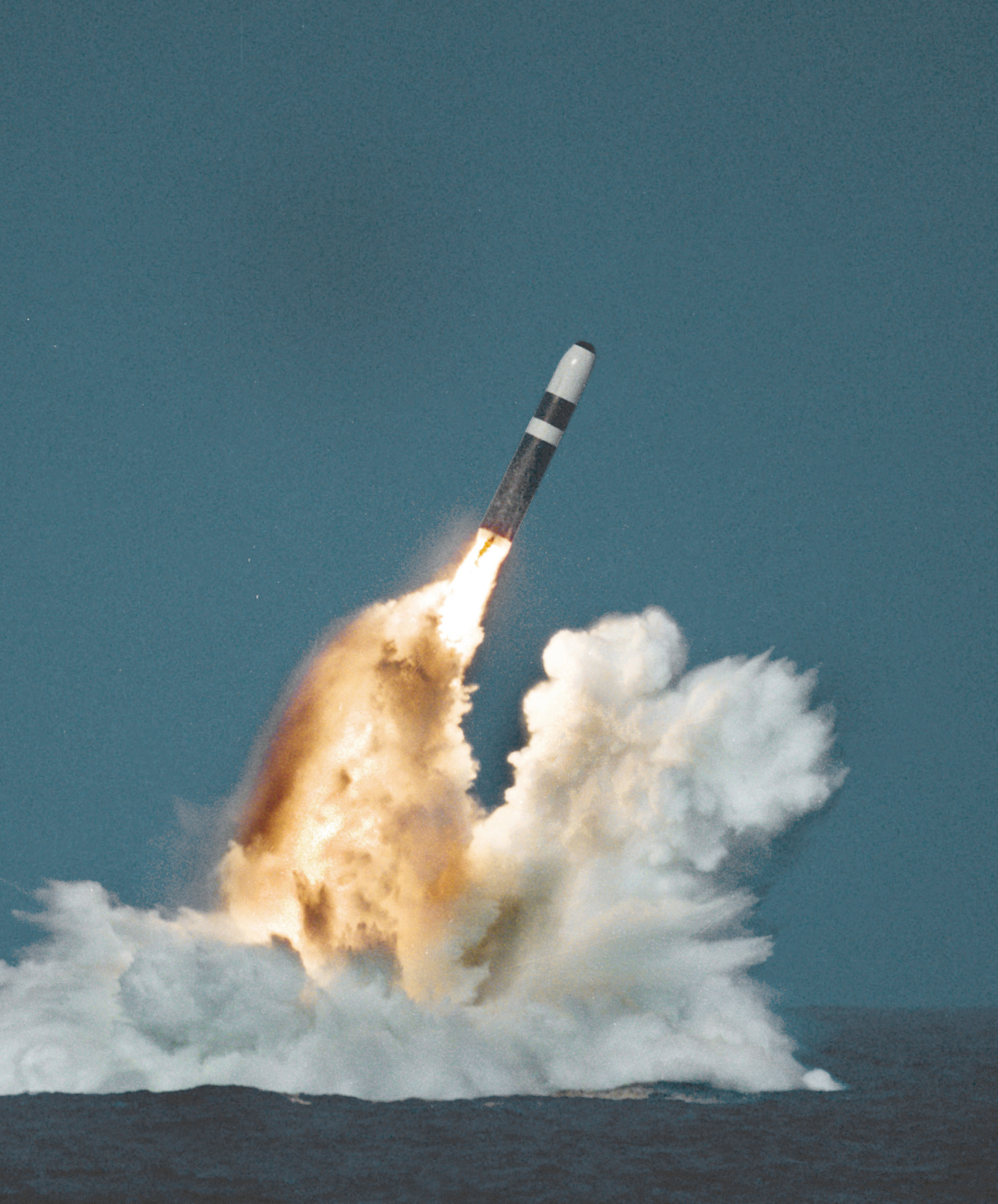Introduction
The world of modern warfare has undergone a significant transformation in recent years, with technological advancements shaping the way conflicts are fought. Among the most significant innovations in this field is the Submarine Launch Ballistic Missile (SLBM), a unique weapon system that has revolutionized the way nations engage in warfare. In this article, we will explore the history, technology, and applications of SLBMs, as well as the potential risks and benefits of these systems.
History of Submarine Launch Ballistic Missile
The first submarine-launched ballistic missile was developed by the United States in the 1950s, in response to the Soviet Union's development of intercontinental ballistic missiles. The Polaris missile, developed by the US Navy, was first deployed in 1960 and was the first submarine-launched ballistic missile to have a range of more than 1,000 nautical miles. The development of SLBMs quickly spread to other nations, including the Soviet Union, the United Kingdom, France, China, and India.
Technology behind Submarine Launch Ballistic Missile
A submarine-launched ballistic missile system consists of three main components: the missile itself, the launch tube, and the submarine. The missile is usually a solid-fueled rocket that is capable of carrying one or more nuclear warheads. The launch tube is a cylindrical container that houses the missile and provides a sealed environment for its launch. The submarine, which serves as the launch platform, is specially designed to accommodate the launch tube and missile and to remain undetected by enemy forces.
One of the key features of SLBMs is their ability to be launched from beneath the surface of the sea. This makes them virtually impossible to detect and allows them to strike targets deep within enemy territory without warning. SLBMs also have a longer range than land-based missiles, making them a critical tool for deterrence and strategic defense.
Applications of Submarine Launch Ballistic Missile
SLBMs have a wide range of applications, including strategic deterrence, nuclear warfighting, and conventional strike capabilities. One of the primary uses of SLBMs is as a deterrent against enemy nations. The mere presence of SLBMs in a nation's arsenal is often enough to deter potential adversaries from attacking. SLBMs can also be used to launch a preemptive strike against enemy targets, providing a quick and devastating blow to the enemy's infrastructure and military capabilities.
SLBMs can also be used in nuclear warfighting, where they provide a critical tool for delivering nuclear payloads to enemy targets. Their ability to be launched from beneath the sea makes them an ideal platform for a second-strike capability, ensuring that even in the event of a first-strike attack, a nation's SLBMs can still be used to retaliate.
Finally, SLBMs can also be used for conventional strike capabilities, providing a non-nuclear option for engaging enemy targets. This makes them a useful tool in limited conflicts, where the use of nuclear weapons is not warranted.
Potential Risks and Benefits of Submarine Launch Ballistic Missile
SLBMs offer a range of benefits to nations that possess them, including enhanced deterrence capabilities, the ability to launch devastating preemptive strikes, and a second-strike capability in the event of a nuclear attack. However, there are also significant risks associated with these weapons systems.
